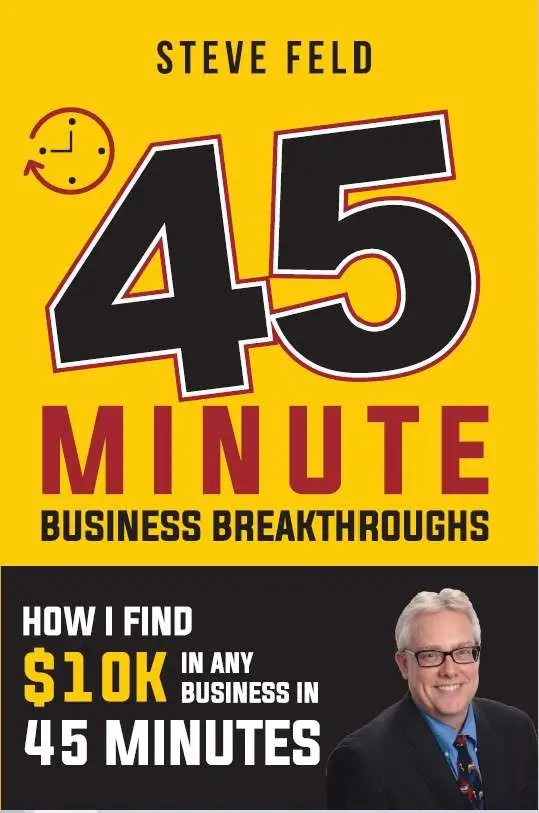Today, entrepreneurs have a wealth of information at their fingertips to help them get started. There are online classes and local workshops for those ready to start a business, local state and
community mentoring programs, you can hire a coach or consultant to help you get started. I hear from soon to be entrepreneurs “How do I know if my business idea will work?” This is part 3 of a 3-part series.
Now you have conducted your market research and tested your idea it’s now time to create a plan of action and TAKE ACTION. This is where many entrepreneurs fail on. They are afraid of failure or success and do not take action.
One great way to develop a plan of action is to have a S.M.A.R.T. goal. As Stephen Covey said, “Start with the end in mind.”
A S.M.A.R.T. goal can have your action steps within your goal. The beginning letter of the anonyms can have different words that mean the same thing. A SMART goal is still a SMART goal no matter if you use T for timebound, or timeline, or timetable, or timely.
S stands for Simple: This is your idea that can be conveyed to someone in a sentence or two in which they will see your vision for your business.
M stands for Measurable: Tom Peters said, “if you can’t measure it, you can’t manage it.” Measuring can be many different things in your plan. It could be units produced and sold, maybe it’s reaching X number of people, with X number wanting to set appointments, that translates into X number of sales. If you are in manufacturing a product, measuring becomes easy. If you are in service, you need to measure other items such as calls, ad dollars and views, etc. No matter what you must have a good measurement system in your plan of action so you know you are on the path towards your goal.
A stands for Achievable: Your goal, your business must be achievable. Do not think in the first year of business you are going to be bigger than Google – get real. This is where your numbers cannot be over inflated, in fact you should be conservative with all your estimated revenue numbers and aggressive (or inflated) with all your estimated expense numbers. If you believe you will have 50 customers in the first month and it took you 3 months just to get 10 customers during the testing phase, then you should tone down your guesstimates.
R stands for Realistic: Your goal in general has to be realistic, your numbers need to be realistic, everything needs to be achievable. Many new entrepreneurs over inflate their revenue numbers, and go very lean on their expense numbers when creating their plans. They a couple of months of in business they realize they are behind on their revenue plans and way over their
expense numbers. Be prepared that your revenue numbers may be less than you planned for, and your expenses will be 2 to 3 times more than you planned.
T stands for timeline: You need to have a timeline associated with your action plan and goals. During your testing phase, you got a good sense on how long it took to make your product, or how long it took to generate a sale. Each piece of your plan must have its own timeline.
Below is a simple example of a SMART plan for you to get an idea how it all works together so you can create your own SMART goal.
So, now if you are ready to take the leap and be the entrepreneur you want to be – start now. Do your market research, test your product or service to make sure its viable and it can generate revenue for you, and most of all develop a plan of action with specific goals. Get assistance in any area as needed. The greatest business leaders have all asked for help along the way, they have hired people much smarter then themselves in order to achieve their goals, they listened to the successes and failures of other entrepreneurs, they stay motivated, engaged and determined to be successful. Why shouldn’t you do the same.
Good luck on your new venture.
#bizcoachstevef[/vc_column_text][/vc_column][/vc_row]




